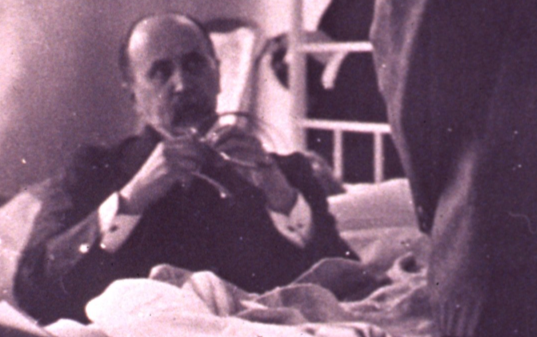
Perspectives of this type make deterministic assumptions about technology: Technology shapes us and we follow. This reflects a view among physicians that we’re the victims rather than the beneficiaries of technology.
We cling to the belief that things were better way back when. We blame technology for what we no longer do. But in reality, the failure of physicians to keep the exam room clinical encounter centered on the patient is a failure of the physician. The computer doesn’t know better. It’s just a computer.
It’s interesting that Dr. Franasiak recalls paper charts staying on the patient’s door. Perhaps he wasn’t around before The Creative Destruction of Medicine, but as an intern at one of the busiest pediatric residencies in the U.S., I had no choice but write my history at the bedside. I remember a very clear 2 am lesson from an upper level in how to preformat a piece of paper for history, PMH, development, meds, allergies, etc. It’s convenient to think that our exam room focus on documentation is somehow a function of the digital age.
While the abysmal design of our current EHR interfaces is a clear elephant in the exam room, it remains our responsibility to keep the clinical encounter as something uniquely focused on the patient. The second screen is just the beginning. What lies ahead with regard to bedside diagnostic technology will make the problem of the computer screen a charming vestige of history.
How we manage technology in the presence of a patient is a subject that requires intent. I like to think of this as medical mindfulness. Clinical education to date has failed to address the issue. As long as this remains the case, we will continue create physicians with absence of insight about the patient in the room.
Technology shapes us. But only as much as we allow.
The above image depicts William Osler at the bedside, c. 1904-1905. National Library of Medicine